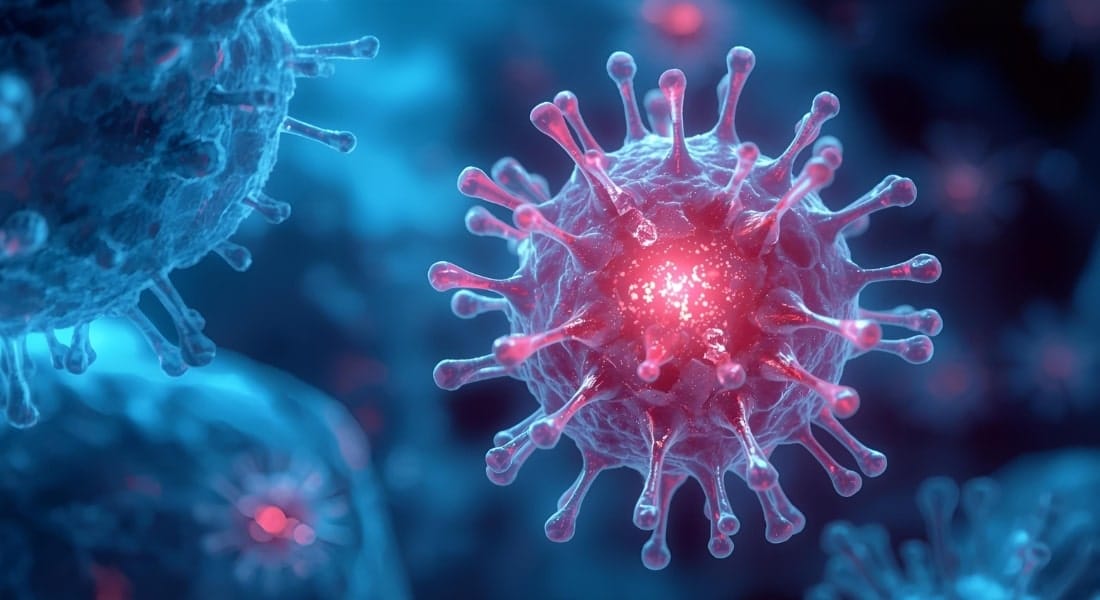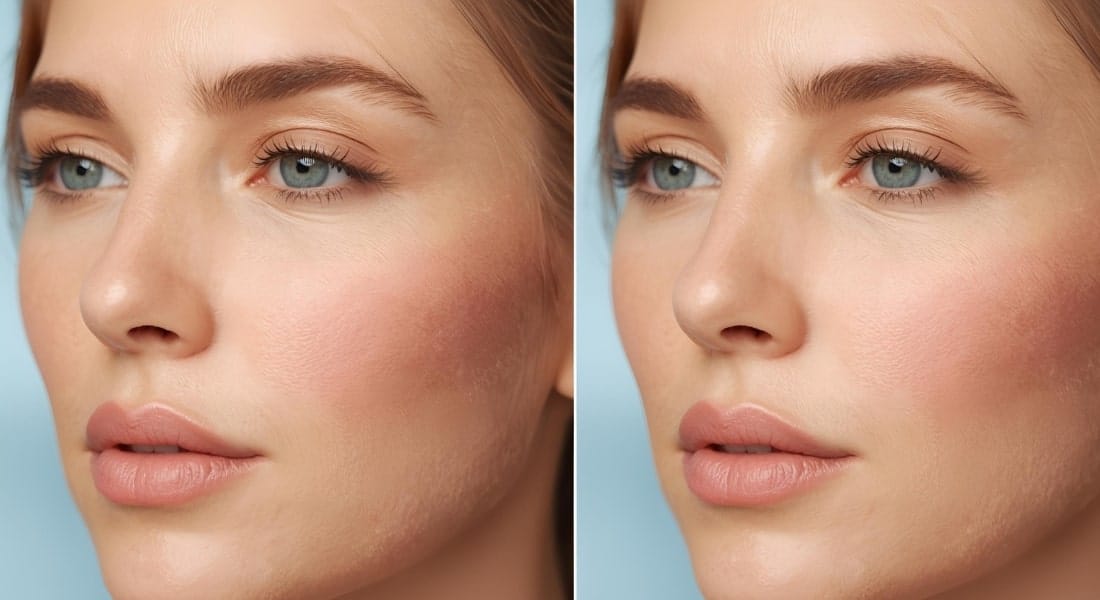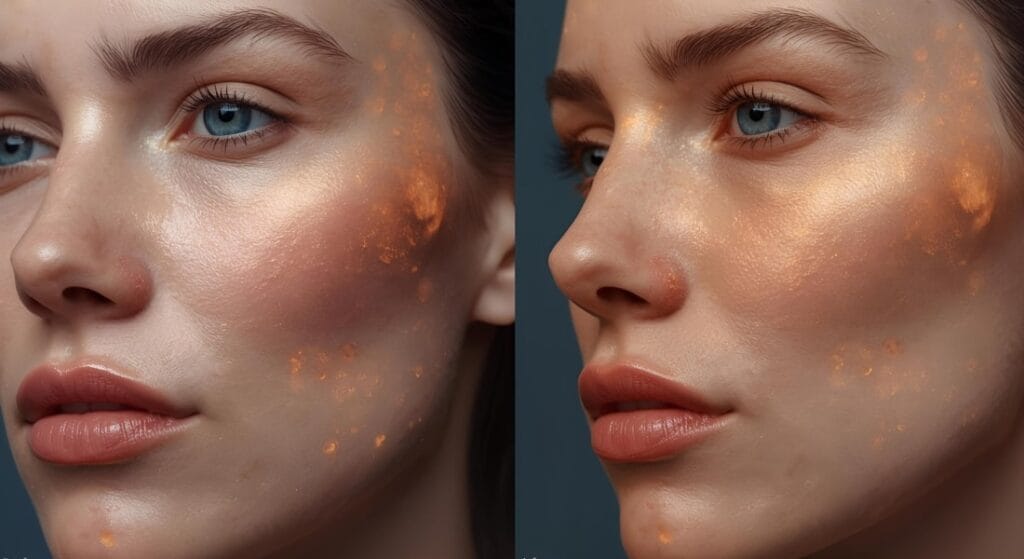In the dynamic field of medical aesthetics, injectables have become the cornerstone of modern facial rejuvenation. They offer powerful, non-surgical solutions for a wide range of patient concerns, from fine lines and volume loss to overall skin quality. However, as the market evolves, so does the complexity of available products. While dermal fillers are a familiar and indispensable tool, a new class of injectables, known as biostimulators, is rapidly gaining prominence.
For aesthetic practitioners, a clear understanding of the difference between dermal fillers and biostimulators is crucial for providing optimal, personalized treatment plans. Confusing the two can lead to suboptimal outcomes and dissatisfied patients. This article provides an in-depth, evidence-based comparison, exploring their distinct mechanisms, clinical applications, and how to effectively integrate both into your practice for superior patient results.
What Are Dermal Fillers?
Dermal fillers are injectable substances designed to restore volume, fill wrinkles, and contour the face. Their primary mechanism of action is passive and immediate. They physically occupy space within the skin and underlying tissues, adding volume where it is needed.
Primary Use and Mechanism
The primary goal of dermal fillers is to replace lost volume, correct folds and wrinkles, and enhance facial features. They achieve this through their physical presence. This “filling” effect provides an immediate and predictable result, making them a popular choice for patients seeking rapid aesthetic improvement.
Types of Dermal Fillers
The most common and widely used type of dermal filler is based on Hyaluronic Acid (HA). HA is a naturally occurring polysaccharide in the human body that can hold a significant amount of water, making it an excellent volumizing agent. HA fillers are favored for their safety profile, reversibility (using hyaluronidase), and versatility across different treatment areas.
A prime example of a comprehensive HA filler range is the Saypha line. This portfolio offers practitioners a variety of products with different concentrations and cross-linking levels, allowing for a customized approach:
- Saypha Filler with lidocaine: A versatile option for moderate facial wrinkles and folds, and lip augmentation.
- Saypha Rich: A mesotherapy product with a high concentration of non-cross-linked HA, ideal for skin hydration and improving elasticity.
- Saypha Volume with lidocaine: Used for deeper wrinkles and volume creation, such as cheek and jawline definition.
- Saypha Volume Plus with lidocaine: The most robust product in the line, designed for significant volume restoration and contouring, particularly in the mid-face.
The predictability and immediate effect of hyaluronic acid dermal fillers like the Saypha range make them an invaluable part of any aesthetic practice.
What Are Biostimulators?
Biostimulators represent a paradigm shift in aesthetic medicine, moving from passive volume replacement to active biological stimulation. They are a class of injectable products that work by stimulating the body’s own regenerative processes.

Definition and Mechanism
Unlike dermal fillers, which primarily add volume, biostimulators trigger a controlled inflammatory response in the skin. This response activates fibroblasts, the cells responsible for producing structural proteins. The ultimate goal is to stimulate the neogenesis of collagen, elastin, and other components of the extracellular matrix. This process leads to long-term, gradual tissue remodeling and a natural-looking improvement in skin quality, elasticity, and firmness.
Common Ingredients in Biostimulators
The most well-known biostimulatory ingredients include:
- Poly-L-lactic Acid (PLLA): A synthetic polymer that stimulates collagen production. Results appear gradually over several months and can last for up to two years.
- Calcium Hydroxyapatite (CaHA): A mineral component found in bones that provides immediate volume while also stimulating collagen synthesis.
- Polynucleotides: These are natural biopolymers derived from purified salmon DNA. They have a regenerative effect on the skin by promoting fibroblast activity, stimulating collagen and elastin production, and improving tissue hydration. A cutting-edge example of this is etreluxe Nucleotide, a biostimulatory injectable that is designed to provide long-term skin revitalization and regeneration.
The how biostimulators work is fundamentally different from fillers, focusing on sustained, natural-looking results rather than immediate volume.
Key Differences: Dermal Fillers vs. Biostimulators
Navigating the choice between these two powerful injectable categories requires a clear understanding of their distinct properties.
| Parameter | Dermal Fillers (e.g., Saypha) | Biostimulators (e.g., etreluxe Nucleotide) |
| Primary Mechanism | Passive volume replacement (physical filling) | Active biological stimulation (collagen synthesis) |
| Result Timeline | Immediate and predictable | Gradual, appearing over weeks to months |
| Longevity | 6-18 months (depending on product and area) | 1-2 years or more (as new collagen is formed) |
| Primary Indication | Volume loss, deep folds, contouring, fine lines | Overall skin quality, laxity, texture, subtle volume |
| Ideal Patient Profile | Patients needing immediate correction and volume, or targeted contouring. | Patients seeking natural, progressive improvement in skin quality and firmness, with a focus on long-term prevention. |
| Treatment Areas | Cheeks, lips, nasolabial folds, jawline, tear troughs, hands | Face (cheeks, jawline), neck, décolletage, hands, and other areas with skin laxity. |
| Risks & Side Effects | Bruising, swelling, rare vascular occlusion; reversible with hyaluronidase (for HA fillers) | Nodules (if improperly diluted/injected), bruising, swelling. Not easily reversible. |
Synergy in Practice
While the dermal fillers vs biostimulators debate might seem like an either/or scenario, the most advanced treatment plans often leverage their synergistic effects. For instance, a practitioner can use an HA filler from the Saypha range to provide immediate volume and contouring, while simultaneously using a biostimulator like etreluxe Nucleotide to initiate the long-term process of collagen regeneration. This “combination therapy” addresses both immediate aesthetic concerns and the underlying biological aging process, providing the patient with both instant gratification and sustained, natural-looking improvement.
Clinical Considerations for Practitioners
The decision to use a dermal filler, a biostimulator, or a combination of both requires careful clinical judgment.

Patient Selection
A thorough consultation is essential. For patients seeking a quick fix for a specific fold or a more defined lip, a filler from the Saypha line is the logical choice. For patients who are concerned about overall skin laxity, have realistic expectations about the timeline of results, and are looking for a more natural, gradual improvement, a biostimulator is an excellent option. Patient age, skin quality, and lifestyle also play a role. Younger patients may benefit from biostimulation as a preventative measure.
Duration of Effect
Manage patient expectations regarding the timeline of results. While Saypha fillers provide immediate results that last for a finite period, the effects of a biostimulator will take time to manifest but can last much longer. Educate your patients on this difference to ensure they understand the value of both treatment types.
Cost Considerations
Biostimulators often require a series of initial treatments, followed by maintenance sessions. The total cost might be higher upfront than a single syringe of filler, but the extended duration of results can make them more cost-effective over time.
Training and Technique Differences
The injection techniques for biostimulators can differ significantly from those for fillers. For instance, biostimulators often require a more dispersed, subdermal injection pattern. Practitioners must receive specialized training for each product to ensure safety and efficacy.
Future Trends in Injectables
The aesthetic industry is moving toward more preventative and regenerative solutions. Patients are increasingly seeking treatments that enhance their natural beauty and improve their skin’s health from the inside out, rather than simply “filling” imperfections.
Biostimulators are perfectly positioned to lead this trend. Their ability to improve skin quality, firmness, and elasticity addresses the foundational issues of aging. As research in regenerative medicine advances, we can expect to see an even greater integration of biostimulatory and regenerative injectables into mainstream aesthetic practices. The rise of biostimulators in aesthetics signals a shift towards a more holistic and long-term approach to skin health.
Frequently Asked Questions
Q: What is the difference between dermal fillers and biostimulators?
A: Dermal fillers, like those in the Saypha range, provide immediate volume by physically filling an area. Biostimulators, such as etreluxe Nucleotide, work by stimulating your body to produce its own collagen over time, leading to gradual and long-lasting results.
Q: Which lasts longer: dermal fillers or biostimulators?
A: Biostimulators generally last longer. While the effects of most dermal fillers are temporary (6-18 months), the new collagen generated by biostimulators can last for a year or more, providing more durable and sustained improvement in skin quality.
Q: Can dermal fillers and biostimulators be combined?
A: Yes, they are often combined for synergistic effects. A practitioner might use a dermal filler for immediate volume restoration while simultaneously using a biostimulator to initiate long-term collagen production, addressing both short-term aesthetic goals and long-term skin health.
Q: What are examples of biostimulators in aesthetics?
A: Common examples of biostimulators include products containing Poly-L-lactic Acid (PLLA), Calcium Hydroxyapatite (CaHA), and Polynucleotides. A cutting-edge example of a polynucleotide-based biostimulator is etreluxe Nucleotide, which focuses on regenerative skin improvement.
Q: Are biostimulators safer than fillers?
A: Both are considered safe when administered by a trained professional. However, their safety profiles differ. HA fillers are reversible, while biostimulators are not. The safety of each depends heavily on the practitioner’s training, proper patient selection, and adherence to correct injection techniques.
Conclusion

The distinction between dermal fillers and biostimulators is not merely a matter of semantics—it represents two fundamentally different approaches to aesthetic rejuvenation. Dermal fillers, exemplified by the versatile Saypha range, offer immediate and predictable volume correction. Biostimulators, such as the innovative etreluxe Nucleotide, focus on stimulating the body’s own collagen production for gradual, long-lasting, and natural-looking results.
For the modern aesthetic practitioner, a complete understanding of these differences allows for the creation of sophisticated, personalized treatment plans. By leveraging the immediate gratification of HA fillers and the long-term regenerative power of biostimulators, you can deliver comprehensive solutions that not only meet but exceed patient expectations, cementing your position at the forefront of the industry.

